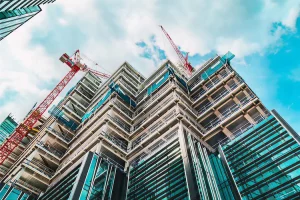
What Developers Really Look for in Façade Partners?
What Developers Really Look for in Façade Partners — and Why It Matters Picking the right façade partner may look easy at first. However, anyone who’s handled a
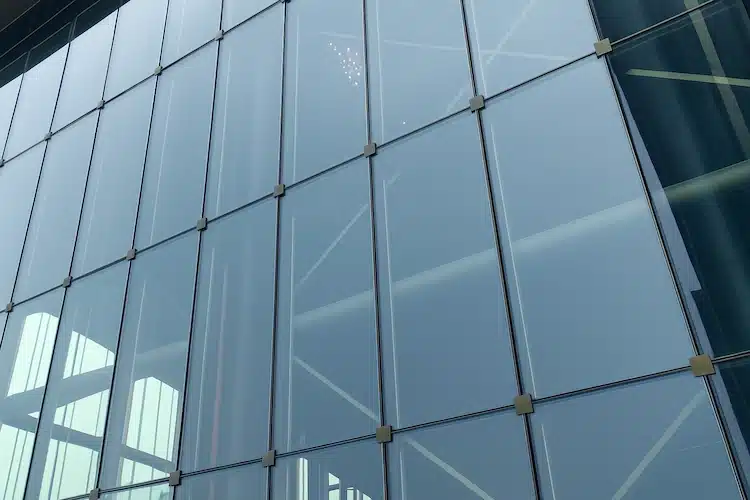
In Mexico City, an ordinary morning can be transformed within seconds. The ground begins to tremble, buildings sway. At the same time, façades once seen as signs of progress reveal their weakness. The earthquakes of 1985 and 2017 left deep marks on the skyline and on the memories of local people. They reminded us that although curtain wall systems are not structural elements, their failure during seismic events can pose serious dangers to public safety.
This is why the careful design and acceptance of flexible connectors in seismic curtain walls matter so deeply. They are more than technical components; they are safeguards woven into the resilience of a city. SunFrame has drawn upon decades of experience in high-risk regions across the Middle East, Africa and the Caribbean. With internationally recognized certifications such as AAMA, ASTM and EN, our solutions provide trusted references for the Mexican market as it advances toward safer and more earthquake-resistant construction.
The next step is to see why flexibility matters. When earthquakes strike, the way connectors respond can determine whether a façade protects or endangers the people around it.
When the ground shakes or the wind roars, rigid connections hold too tightly. The pressure builds until glass cracks or panels pull away.
Flexible connections behave differently. They shift a little with the structure, softening the impact and keeping the façade safe, sealed, and protective.
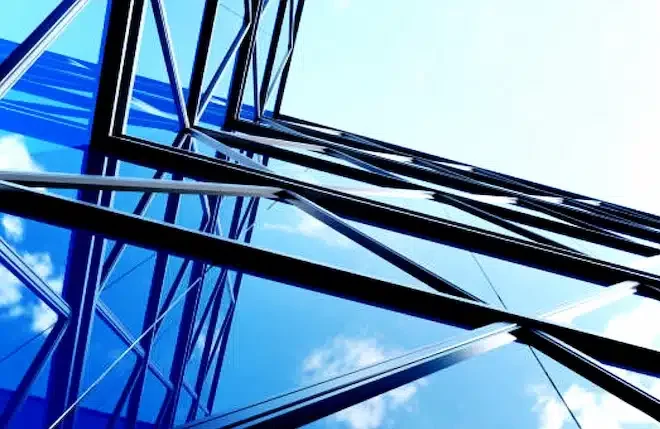

For Mexico, where seismic risk is part of daily reality, these advantages must be translated into measurable standards for flexible curtain wall connectors.
Connectors need to absorb significant movement, at least ±30 millimeters of inter-story drift, so that façades remain intact during shaking.
At Sanlam Towers in Kenya, adjustable unitized modules allowed curved façades to withstand seismic displacement without damage.
They should be able to resist both pulling and shearing forces in line with ASTM E330 and EN 13830.
Burj Al Mana Tower in Qatar provided proof of this capacity, performing reliably under extreme wind pressures.
True reliability is proven over time, which is why systems are tested for more than 10,000 load cycles.
The unitized curtain wall at TOM Condos in Canada met this requirement, demonstrating long-term stability.
In seismic regions, fire safety cannot be ignored. Connectors therefore need to satisfy ASTM E84 or align with Mexico’s NORMAS standards.
Bhagwansingh Trincity in Trinidad achieved this through ACP panels that passed ASTM E84 testing.
Coastal climates demand extra protection. Connectors must endure salt spray and high humidity to guarantee performance.
At the CJIA Airport in Guyana, fluorocarbon-coated profiles were selected to resist saline corrosion.

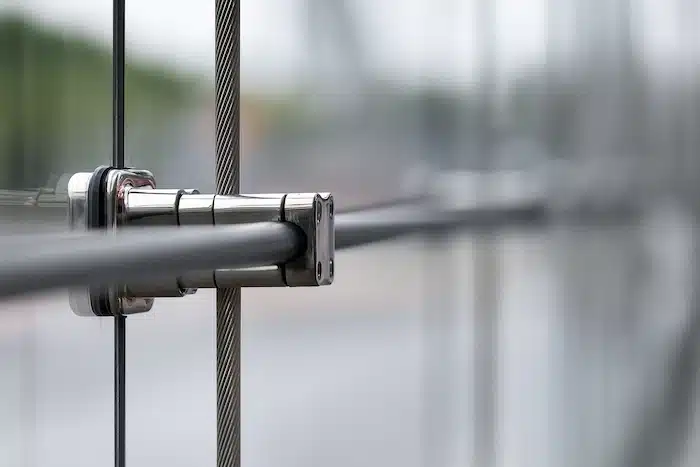
When earthquakes strike, parts may fail. Good design ensures damaged connectors can be swapped quickly.
The Pegasus Hotel in Guyana benefited from modular unitized systems that simplified post-event maintenance.
To keep interiors safe, connectors are required to comply with ASTM E283 and E331 standards, preventing water penetration.
City Mall Cebu in the Philippines met these criteria, securing protection during heavy rainfall.
Precision matters: a tolerance of ±3 millimeters allows façades to maintain flexibility once installed.
This was achieved at the HUME Showroom in Australia through prefabricated units that guaranteed accuracy on site.
Connectors must remain chemically and mechanically stable when paired with EPDM gaskets, silicone sealants, and aluminum profiles.
The RealSteel Office project in the Philippines confirmed this by integrating curtain walls, windows, and doors in one system.
The Challenge: Its unitized curtain wall needed to withstand strong winds and significant temperature variations without sealant failure.
The Solution: SunFrame introduced a unitized curtain wall system with flexible connectors at the edges of each module, allowing ±30 millimeters of inter-story drift.
The Result: The system successfully passed ASTM E330 at ±3.5 kPa wind pressure. Installation efficiency improved by approximately 20 percent, and the façade continues to deliver long-term airtightness and thermal performance.

The Challenge: This 200-meter tower on Doha’s waterfront faced sandstorms, high wind loads, and the requirement to integrate 37,000 square meters of Mashrabiya shading with 42,000 square meters of curtain wall.
The Solution: SunFrame engineered a multi-point anchoring system combined with flexible silicone joints, validated through repeated three-dimensional simulations of connector displacement.
The Result: The connectors provided dual redundancy for tensile and shear resistance, fully meeting Middle Eastern wind load standards while harmonizing modern glass façades with traditional Mashrabiya aesthetics.
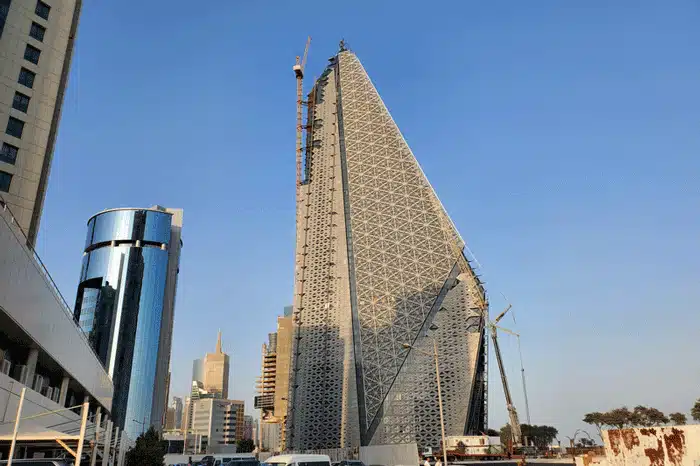
The Challenge: The coastal location exposed the airport to humid, saline conditions, and the owner required the façade to deliver weather resistance, fire safety, and energy efficiency simultaneously.
The Solution: SunFrame designed an exposed frame curtain wall integrated with aluminum cladding. Profiles were finished with fluorocarbon coatings, connectors passed salt spray and humidity testing, and high-performance coated glass improved thermal efficiency.
The Result: Over 6,400 square meters of façade passed stringent fire and weather tests, ensuring long-term safety and sustainability for airport operations.

The lessons from these curtain wall projects demonstrate proven performance in demanding environments. Just as important, SunFrame systems carry international certifications that can be aligned with Mexico’s NORMAS requirements.
Regulatory Trend: NORMAS will continue to place stronger emphasis on fire safety and seismic performance.
SunFrame Advantages:
• Delivery of complete seismic curtain wall solutions including connector design and system testing
• Proven global case studies that can be adapted to Mexico’s urban context
• A comprehensive certification portfolio across ASTM, AAMA, and EN standards
Flexible connectors are small parts with a big job. In seismic regions they help façades ride out the motion, protect people below, and keep buildings dry and secure. SunFrame’s work in challenging climates has shown that careful design, disciplined testing, and real-world installation experience go hand in hand. Our systems meet recognized benchmarks such as AAMA, ASTM, and EN, and can be aligned with Mexico’s NORMAS so projects move forward with confidence. For a country that lives with earthquakes, the goal is simple: façades that stay on, stay tight, and stay beautiful.
If you are planning work in Mexico or across Latin America and need a curtain wall that stands up to seismic demand and fire and weather, we would like to help. Share your drawings or outline your brief and we can suggest connector details, testing paths, and a practical installation plan.
SunFrame is a partner from early design through fabrication and site delivery. Visit our website for case studies and technical notes, or contact our team to discuss a solution tailored to your project. We look forward to building something safer with you.

What Developers Really Look for in Façade Partners — and Why It Matters Picking the right façade partner may look easy at first. However, anyone who’s handled a

Green Building Trends: Aluminum vs. Stainless Steel for Living Façades As green building shifts from trend to standard, the building’s “skin” is undergoing a transformation.
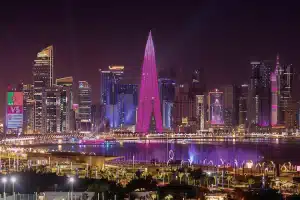
Burj Al Mana Tower: The Story Behind Its Complex Façade and Engineering Rising over Doha’s West Bay, the Burj Al Mana Tower has a story

Every Detail Counts: Understanding SunFrame’s Product Pricing In the world of high-performance windows and curtain walls, every product has a clear cost logic behind it. At